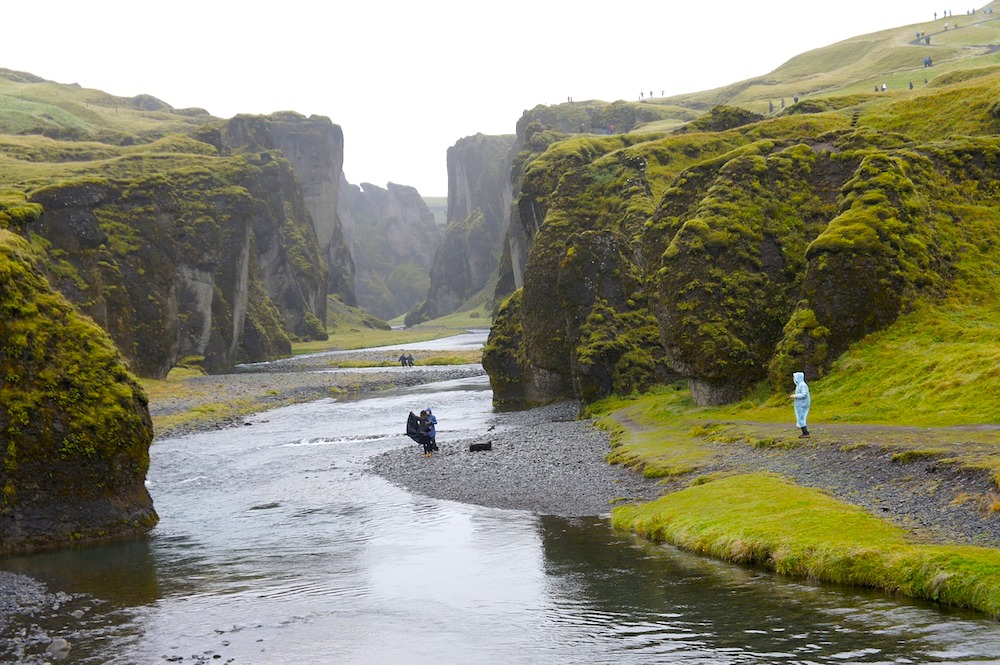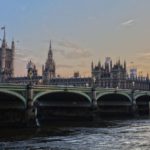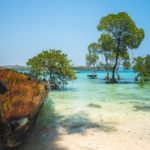
(TAN): Iceland has updated its regulations concerning quarantine and isolation and Covid-19 testing at the Icelandic border, and the new rules are now applicable, the country’s tourism board said.
According to the new regulation, it is compulsory for arriving passengers to stay in a quarantine facility if they come from countries with a high infection rate of Covid-19 as defined by the regulation. The Icelandic authorities will regularly issue a list of high-risk countries, which will be updated as needed.
The main changes came into effect on April 27.
[ALSO READ: Maldives takes steps to check Covid-19 spread amid spike in India]
Those who come from defined high-risk areas will be obliged to quarantine in a quarantine facility unless exempted by the chief epidemiologist. No exemptions will be granted to those arriving from regions or countries where the 14-day incidence rate exceeds 700 per 100,000 population. High-risk areas are defined as regions or countries where the 14-day incidence rate per 100,000 population exceeds 500 or more or from where sufficient information is not available.
Quarantine in a quarantine facility without exceptions: Passengers arriving from areas where the 14-day infection rate is 700-1,000 cases per 100,000 must without exceptions quarantine at a quarantine facility while awaiting results from the second test after arrival in Iceland.
Quarantine in a quarantine facility with the possibility of an exemption: Passengers arriving from areas where the 14-day infection rate is 500-699 cases per 100,000 must quarantine at a quarantine facility unless the Chief Epidemiologist grants an exemption. Such an exemption must be applied for at least two days before arrival in Iceland.
[ALSO READ: ANA announces net zero Co2 emissions as part of 2050 ESG goals]
Home quarantine: Those arriving from areas where the 14-day infection rate is below 500 cases per 100,000 can quarantine in a facility of their own choosing provided it fulfils the requirements of the Chief Epidemiologist for home quarantine.
The change in the law includes, for example, a temporary provision authorizing the Minister of Health to issue a regulation obliging tourists who either reside in or are coming from a high-risk area, or an area for which adequate information is not available, to quarantine or isolate in a quarantine facility. The provisions of the Minister of Health’s regulation on the definition of high-risk areas shall be based on proposals by the Chief Epidemiologist.




